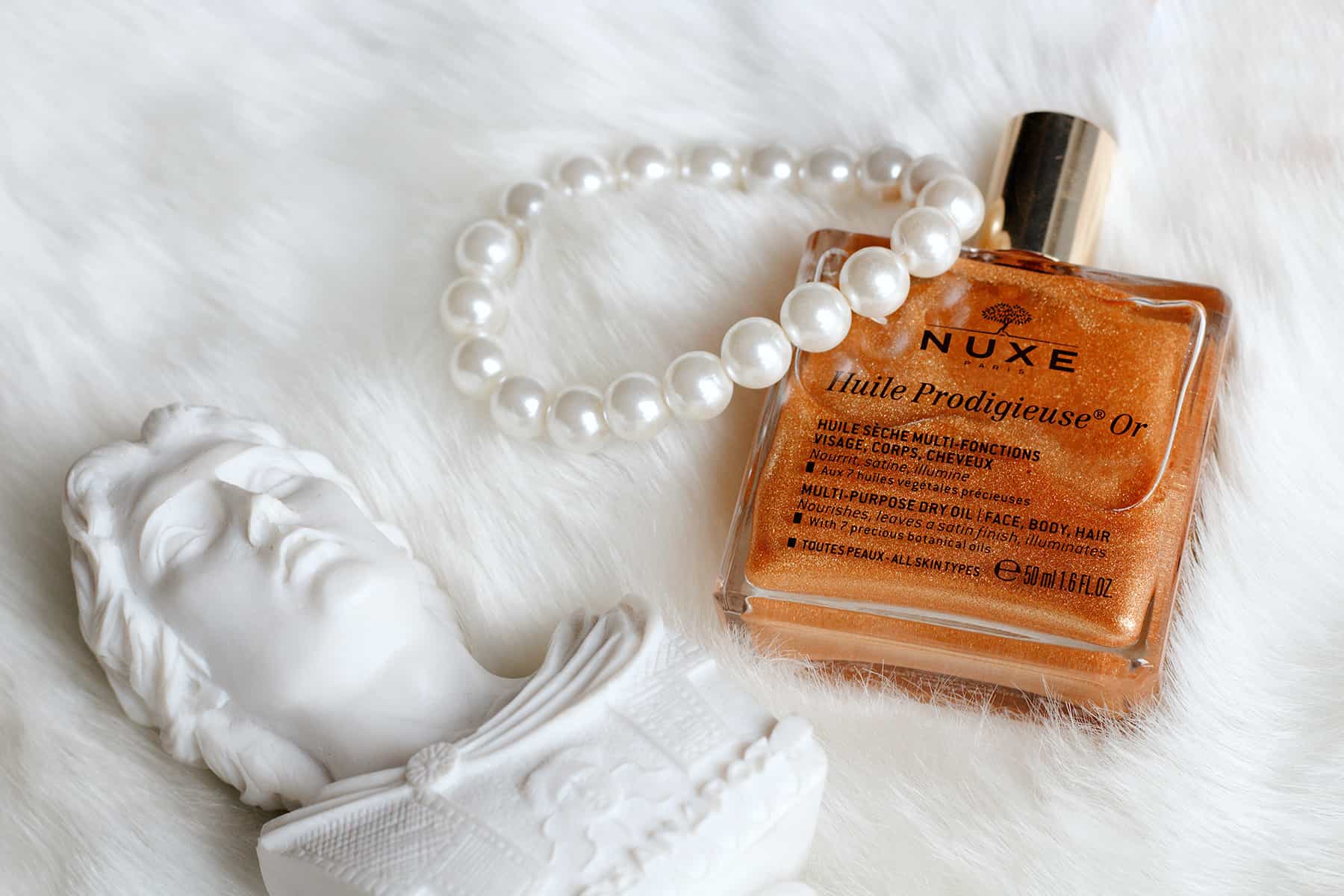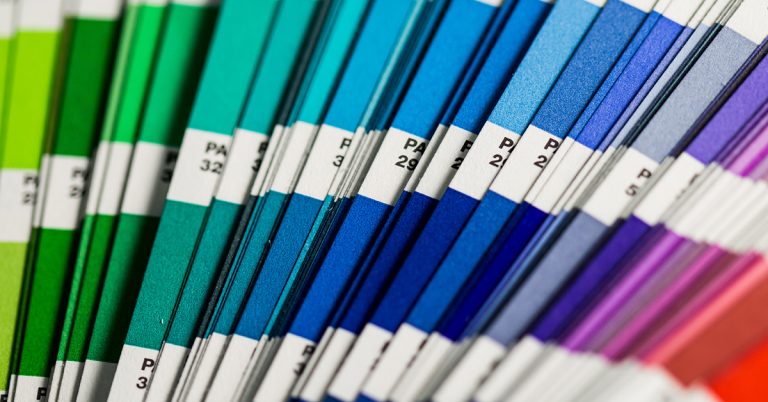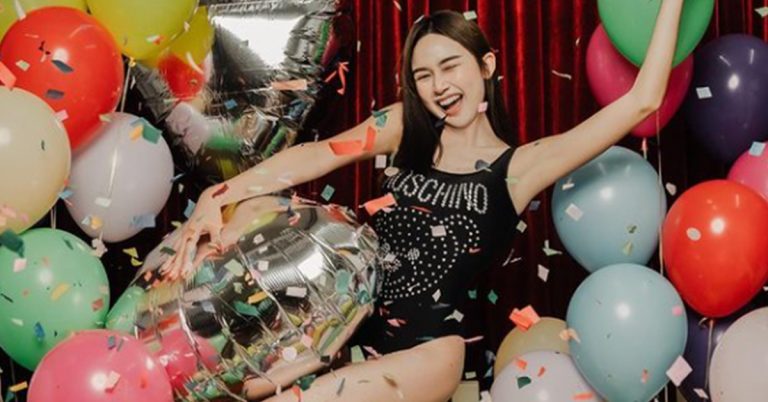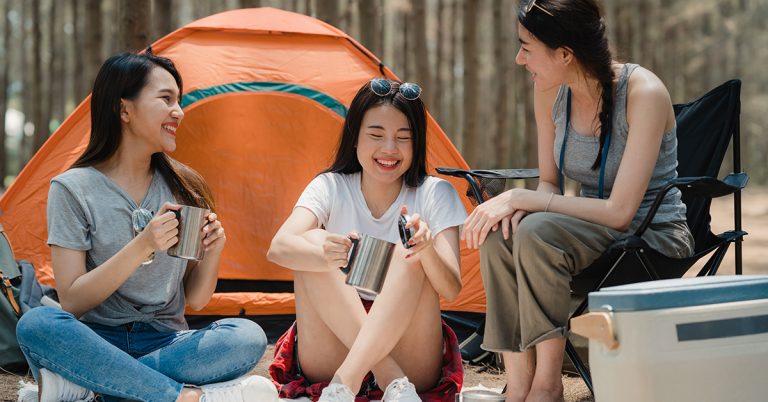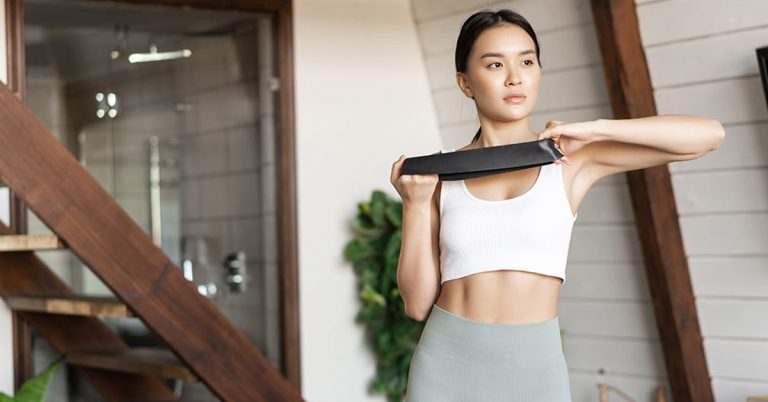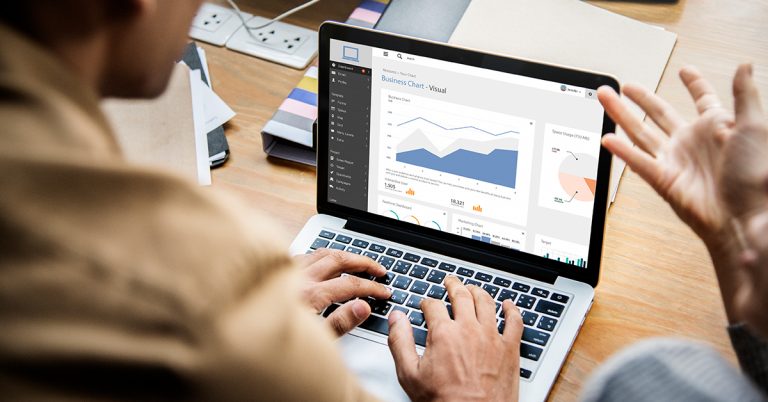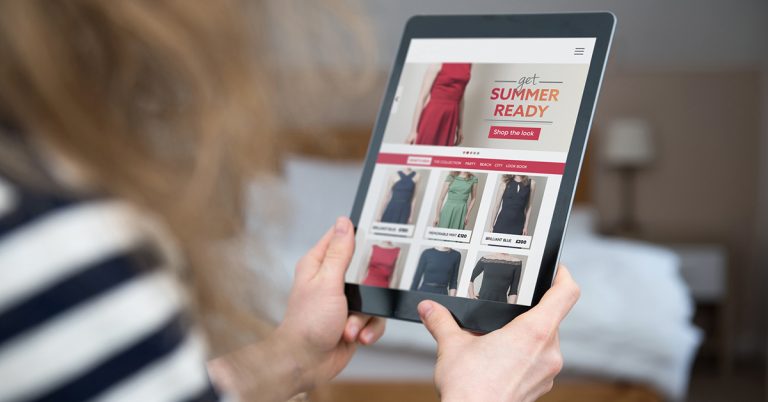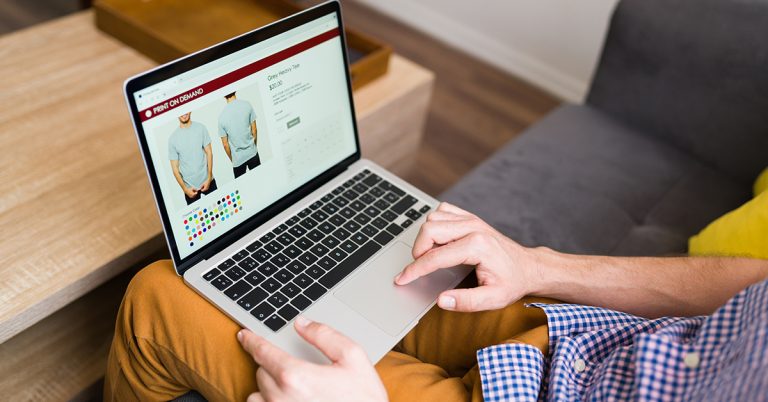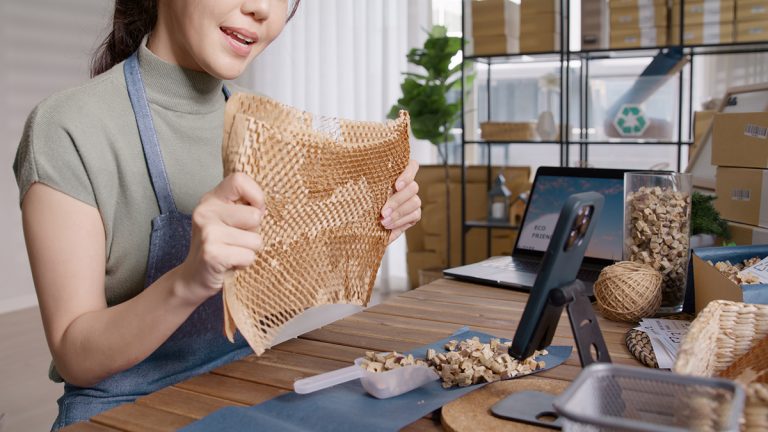With the advance of digital and technological innovations, a pandemic that led to consumer lifestyle shifts, and shopper behavior changes over the years, the luxury beauty industry has had to innovate and reinvent in order to stay on top of the game.
The Asia Pacific region remains an important region for the luxury beauty category, say Micheas Chan, Chief of Staff and Chief Business Officer (Marketing & Creative) at Synagie. According to Micheas, the Asia Pacific region drives about 50% of the luxury beauty growth globally.
Within the region, China and Japan are predictably very important markets, and Southeast Asia, while representing a smaller number, remains an important region that brands are looking at because of its growth potential with a fast-growing affluent middle class consumers, and a relatively young population that is very vibrant and digitally involved.
Although there is a rising cost of living, the effect on the luxury industry has been minimal. Angie Chen, Fashion Curator of The Fifth Collections notes that luxury brand LVMH recorded 56.5 billion euros revenue in the first nine months of 2022, an increase of 28% compared to 2021.
This is good news for the industry which has not seen a big slow-down in spending in general. Here are some of the other emerging trends of the luxury beauty industry and the strategies to win in the omnichannel world:
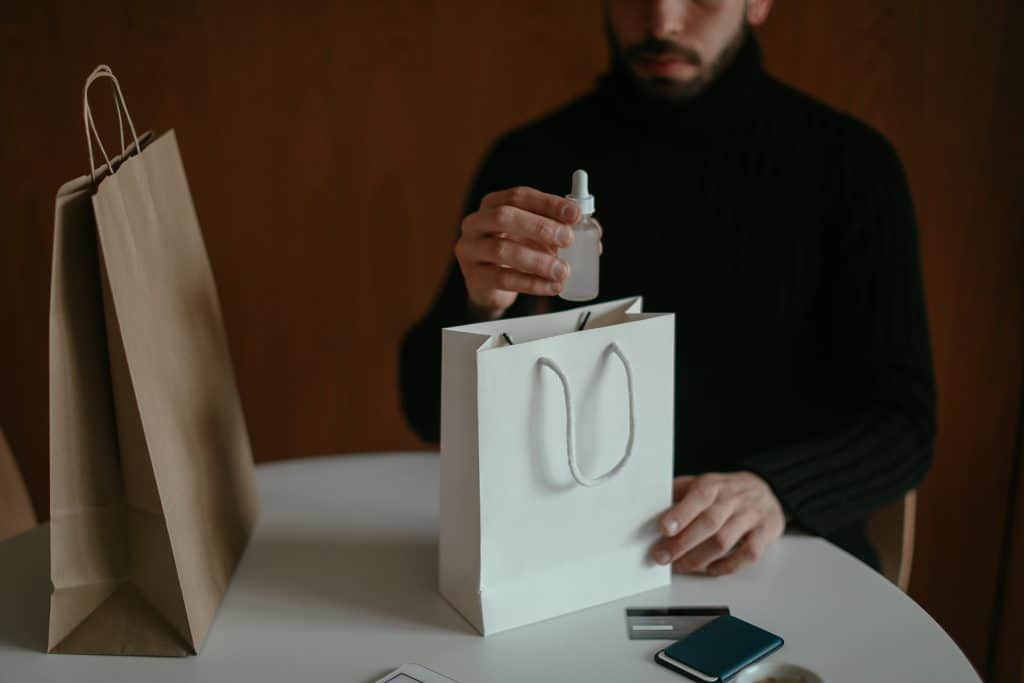
Wider audience for luxury products.
The pandemic has greatly increased the penetration as well as the openness of people to buy luxury products online, with platforms like Lazada enhancing the online shopping experience. A more diverse audience are now purchasing luxury goods for the first time and will continue to do so. The online shopping experience today is also more immersive with good customer service, concierge services, and white glove delivery options, making it attractive for more customers to shop for their luxury goods online.
Increase in use of anti-ageing products.
People are still obsessed with anti-aging and products that cater to problematic or sensitive skin. There will be huge growth in the use of anti-wrinkle products because of the increase in age of skincare-focused consumers and a heightened awareness of skin concerns.
Move towards content driven marketing.
Brands will need to try and make their information relevant and entertaining as social networks are changing their algorithm to focus on content. Celebrity endorsements or mega influencers endorsements will continue to go hand in hand with luxury beauty and especially in markets like Malaysia, Philippines and Indonesia.
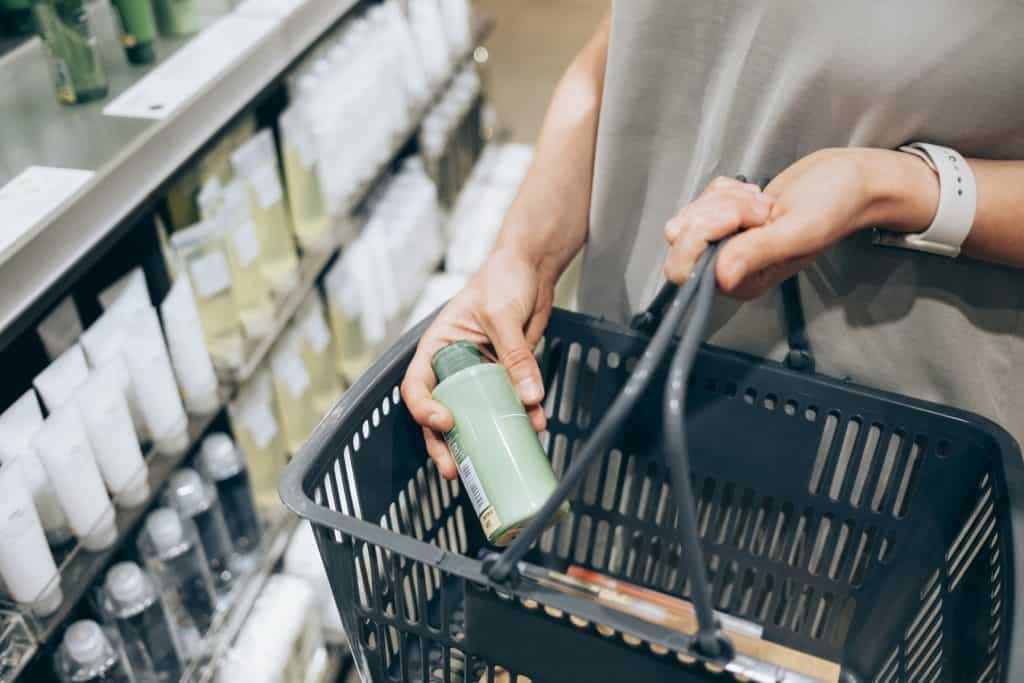
Offer value.
Luxury beauty brands will continue to look for ways to differentiate themselves especially in areas where mass brands are creeping up, and align themselves with the values of their consumers whether it is about sustainability, diversity, support for women and girls, etc. Luxury brands will need to set themselves apart in terms of value proposition, which may look like more collaborations, or product tie-ups with designer and celebrities to provide a different storytelling angle for their brand.
Beauty tech growth.
With the advance of digital commerce, brands are now able to bring products to everyone, and reach out to consumers in areas where it was not possible for a physical store to be before. Science and tech is embedded in every aspect of beauty and the future of the industry depends on both. From personalization of formulas and services to AR and VR-assistance such as virtual make-up try-ons, or personalized skincare advice, brands will need to use tech to bring the ‘high touch’ feeling as they offer exclusive services online.
Blurring the lines between online and offline.
Post-pandemic, there will be a need to merge both online and offline channel strategies to offer a consistent and convenient experience both digitally and in physical stores. Brands need to figure out how to continually add value to the customer and integrate the consumer experience both online and off – providing what your customers need, whenever and wherever they want it. In the future, omnichannel consumer engagements and marketing campaigns as well as innovative retail experiences which are experiential, engaging and fun will be a focus.
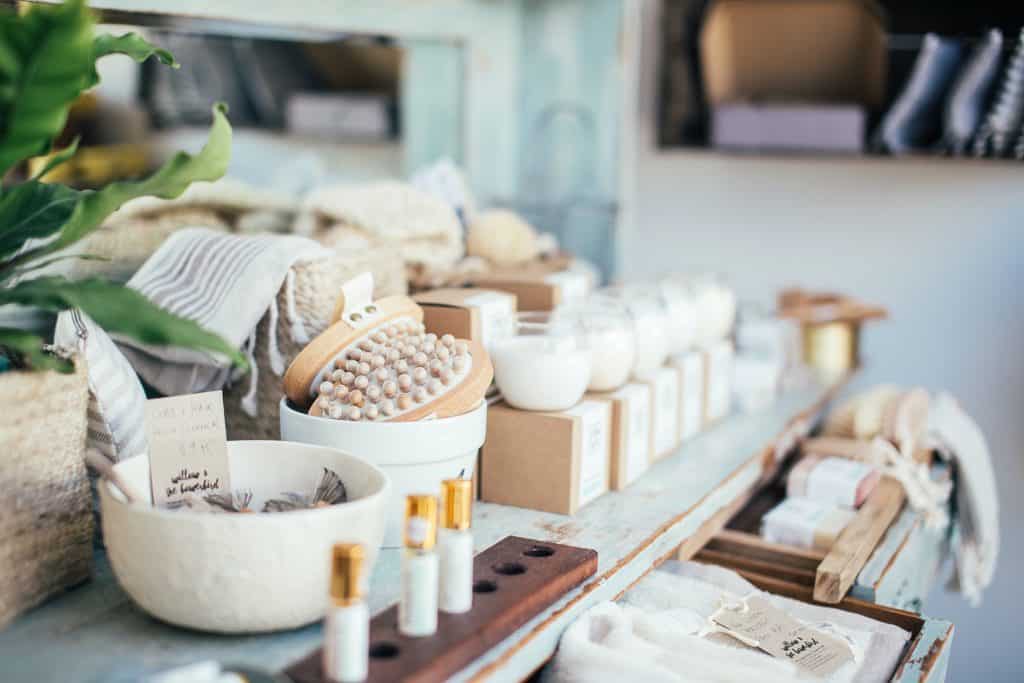
Virtual events.
Beauty brands have been experimenting more and more with virtual experiences and will continue to build a connection with the online community with their creative virtual events and experiences. Virtual events are cost effective for brands, doesn’t take too much resources and also easy to do on a higher frequency to keep customers engaged.
Sustainability.
There will continue to be a push for brands to be more sustainable and a demand for clarity over beauty brand’s value. Luxury beauty brands need to continue to educate their clients and sell the idea that they’re purchasing investment pieces with longevity and there is always some resale value. Brands like Bottega, for example, offers a lifetime warranty program for all of their bags while Dior, Hermes, Chanel are making products in refillable containers to cut down on waste.
Personal touch and personalization.
According to Hebe Siu, Senior Regional Online Manager SEA, Estee Lauder Companies, a large percentage of orders in the luxury beauty category are for gifting on special occasions like Mother’s day, birthdays or anniversaries. Offering engraving services, special gift wrap, or cards will elevate the consumer shopping experience. Another example would be scenting gift boxes to differentiate your brand and boost the customer’s unboxing experience.

